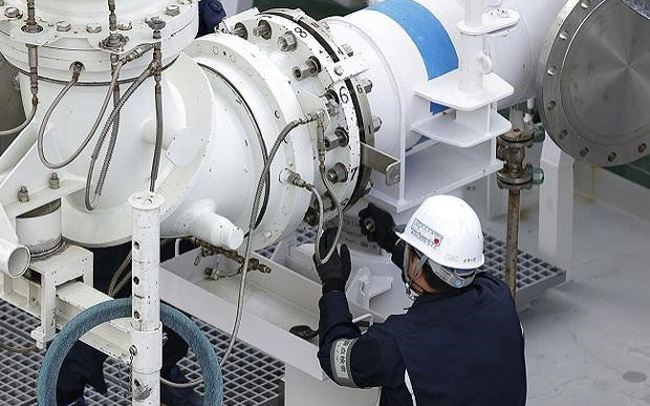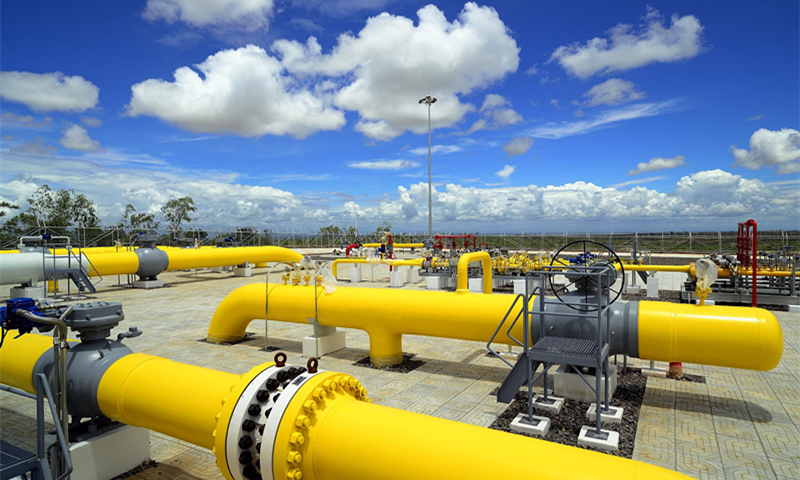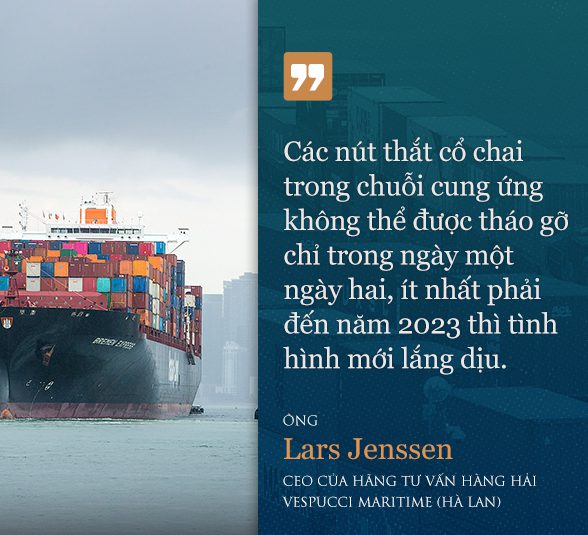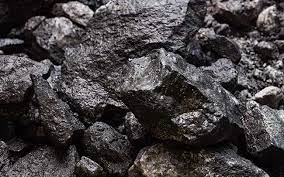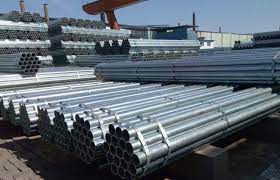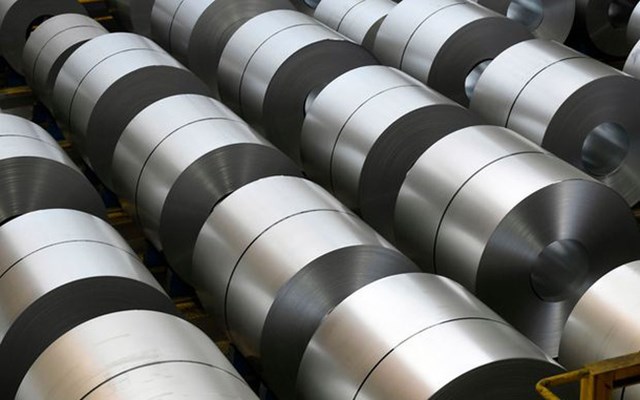This year is not the first time China has experienced widespread power shortages and put the economy and supply chains at great risk. So, why is China still struggling with this problem for many years?
Lack of electricity on a large scale
Since mid-August until now, the world’s second largest economy has experienced a serious power shortage, causing damage to more than 20 provinces and cities. The worst-affected provinces include Jiangsu, Zhejiang and Guangdong – the trio of industrial centers that account for more than 30% of China’s economic output.
The first victims are the industries that play an important role in the country of billions of people. From aluminum smelting plants, steel mills to textile factories, cement factories, etc., all of them had to reduce their operation scale or even close down altogether.
Apple and Tesla suppliers have halted production in some locations. Apple’s partners are also worried that the supply chain may break as the US technology giant prepares to enter the peak season of producing new products such as the iPhone 13.
Some smaller companies have started to notify the stock exchange of requests to limit electricity consumption or suspend operations made by Beijing. The supply of many goods from textiles to electronic components is at risk of shortage.
In particular, China has to regularly cut off electricity every year due to the precarious energy supply. In the middle of this year, China’s National Bureau of Statistics admitted that the June power shortage was the most severe since 2011, when a drought and skyrocketing coal prices forced 17 provinces to restrict electricity use.
In the 2000s, Beijingers also had to accept blackouts every few months. By the 2010s, the power supply had stabilized and people were becoming increasingly unfamiliar with power outages. As a result, when power failure recurred on a large scale, many provinces and cities simultaneously fell into crisis.
Two core principles
Coal and gas prices skyrocketed
The price of thermal coal is continuously hitting a record when China and India – two countries consuming about 65% of the global coal supply, compete for goods. In fact, the price of coal has started to dance since May last year and only from the beginning of 2021 until now, the price in Zhengzhou (China) has increased more than twice.
Natural gas prices also recorded new highs as Chinese and European businesses massively replenished inventories before winter. According to Bloomberg, at the beginning of the session on October 1, the price of natural gas in the Netherlands and Asia touched the equivalent of 190 USD / barrel of oil, a record that the world oil market has never touched.
The total amount of coal that China consumes annually is about 3 billion tons. In the context of current huge electricity demand, total coal consumption this year could increase by 10%, according to Cinda Securities.
While demand is hot, supply is scarce. Mining enterprises in many countries are currently reluctant to invest in new mines, as the world aims to reduce the use of coal.
As a top coal producer, China is restricting coal mining again after a series of deadly mining accidents since late last year. In addition, Beijing has imposed an unofficial import ban on Australia’s high-quality coal resources.
That makes China even more short of fossil fuel supplies, and the more likely the price of coal or gas is to skyrocket. Therefore, it is easy to see why power plants in China are hesitant to increase output.
Electricity prices in the world’s second-largest economy are controlled by Beijing. Although input materials are expensive, power generation facilities cannot raise prices with customers. To avoid losses, they often reduce their generating capacity or suspend operations.
Dual control policy
In some provinces, local governments may adopt additional measures to accomplish the goal of “dual energy control”, i.e. controlling energy consumption and energy intensity (ratio between energy consumption per unit of GDP).
According to SupChina, Beijing just released a report last week, in which some provinces were identified as falling short of their targets in terms of energy consumption, energy intensity, or even both.
Besides extreme weather in both summer and winter, factories in China need more electricity to rush to fulfill export orders. In May, analysts at Eurasia Group noted: “Electricity demand has increased with the speed of China’s economic recovery.”
When China’s power shortage problem became serious and gradually appeared in the media, the press especially mentioned the dual control policy, considering this as the main reason for the distribution of electricity in the country. each province. The high price of coal, which was initially just a secondary cause, later became the core reason.
Difficult problem for Beijing officials
For years, the administration of President Xi Jinping has raised the goal of reaching a peak in emissions by 2030 and carbon neutral by 2060. Among them, limiting the consumption of coal, a polluting fossil fuel world, is the top goal.
In addition to squeezing steel output, Beijing also promises to reduce coal-fired power in the overall power structure. However, in reality, the billion-people economy has not yet given up coal.
According to a report released by Power Engineering in April this year, China is becoming “the main driver of coal in developing economies”. Although the world’s coal consumption will decrease by 4% in 2020, China’s consumption will increase by 2%.
“Globally, China currently accounts for 53% of total investment in coal-fired power generation,” the Power Engineering report highlights.
This can be clearly seen in the structure of China’s electricity production. Although the proportion of thermal power (mainly coal power) tends to decrease slightly in the period 2015 – 2020, the figure still accounts for over 65%.
This poses a difficult problem for the world’s second largest economy: how to meet enough electricity for industrial activities and still give up coal-fired power?
Also in the 5-year period to 2020, the proportion of hydropower, wind power, solar power and nuclear power continuously increases. According to a reasonable explanation, China can promote these renewable energy sources to compensate for coal-fired power.
However, the country of billions of people is also stuck in another problem. The Chinese government is trying to demolish up to 40,000 hydropower plants across the country.
After Chairman Mao Zedong’s call to “conquer nature” in the 1950s, China built a series of large and small dams to produce enough electricity for the country. But this chaotic policy is exposing the downside and hindering Beijing’s ambitions.
Many dams are now too small to generate electricity, while others become useless as rivers dry up and reservoirs fill up. Moreover, many old dams threaten people’s lives, especially during summer floods. According to China’s Ministry of Water Resources, 3,515 reservoirs failed between 1951 and 2011.
The incident of Ban Kieu dam in Ha Nam province once caused a stir. In 1975, Ban Kieu and 61 other dams burst after 6 hours of flood discharge, killing 240,000 people. Last year, the majestic Three Gorges Dam was also in danger of breaking.
Meanwhile, wind and solar power are plagued by high installation costs, energy storage problems and lack of government subsidies. Moreover, the prices of metals such as copper are soaring, which are key materials for building the infrastructure for renewable electricity.
In addition, it is worth noting that Chinese-made polysilicon panels often consume a large amount of electricity, so manufacturers often access cheap electricity from coal to reduce operating costs. These polysilicon panels are an essential material in most solar panels today.
In the long run, China is in a dilemma. The energy crisis will weigh heavily on China at a time when the economy has stalled because of anti-epidemic measures and strict restrictions on the real estate industry.
Nomura, China International Capital and Morgan Stanley have all lowered their GDP growth forecasts or warned of slowing growth because of energy disruptions.
Mr. Lu Ting, chief China economist at Nomura, commented: “Global markets will be troubled when there is a shortage of supply for a wide range of goods, from textiles to toys to machinery components. Hot topic. China will soon move from Evergrande to a power shortage crisis.”
Currently, China is offering some temporary solutions to the case. China’s National Development and Reform Commission (NDRC) and China’s Energy Administration (NEA) are working to support power generation plants in two directions. The first is to increase the domestic supply of coal as quickly as possible to lower the price of coal, and the second is to increase the selling price of electricity to limit losses for power producing companies, according to SupChina.
Earlier this week, Vice Premier Han Zheng, who is in charge of overseeing China’s energy sector and industrial production, directly ordered a series of state-owned energy companies to stockpile sufficient supplies of energy. quantity before winter this year at all costs. Mr. Han does not accept large-scale power outages, Bloomberg said.
In the long term, China will need to increase coal production to solve this “specialty” of power shortages that occur every year. At the same time, Beijing will have to find ways to promote renewable electricity if it is to fulfill its environmental goal.
T&G International Joint Stock Company
Address: 352 Hue Street, Le Dai Hanh Ward, Hai Ba Trung District, Hanoi
Hotline: 0345786803
Email: hrm@tginterjsc.com
Website: http://tginternationaljsc.com






